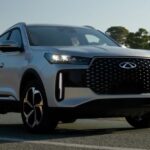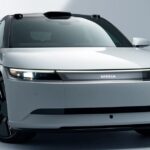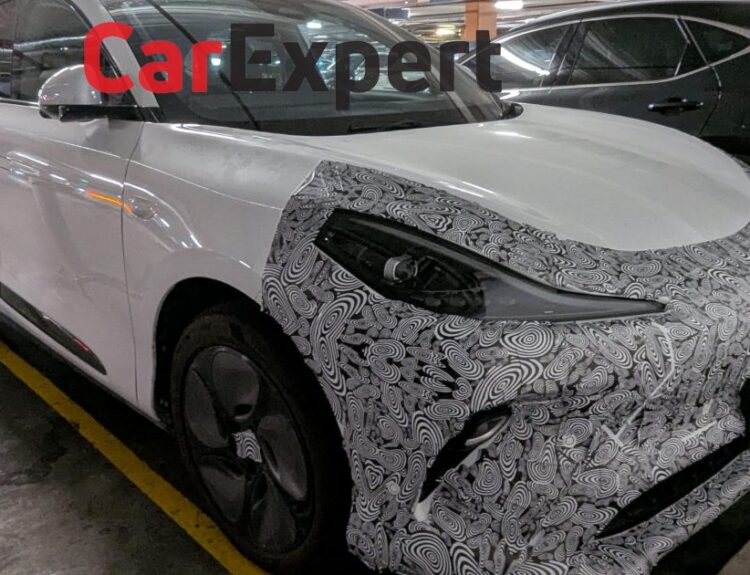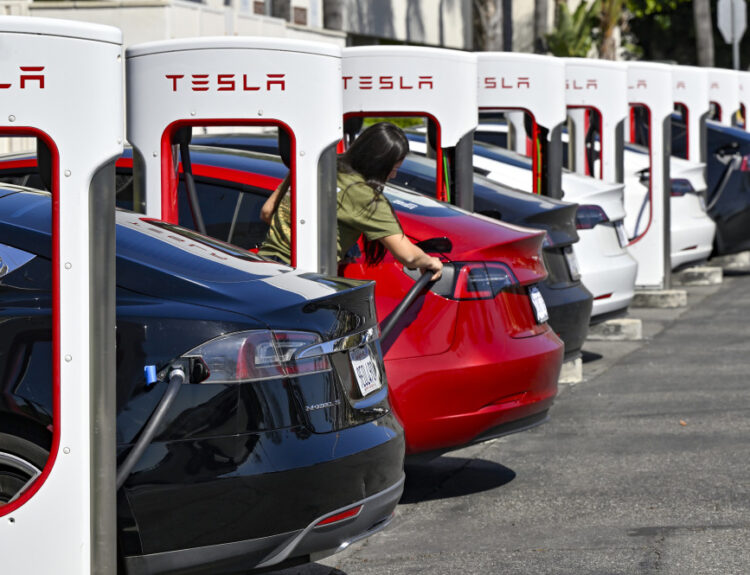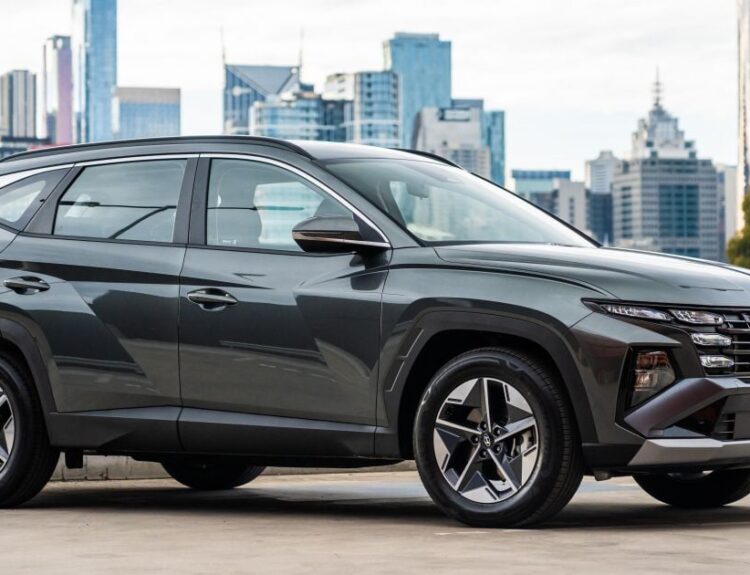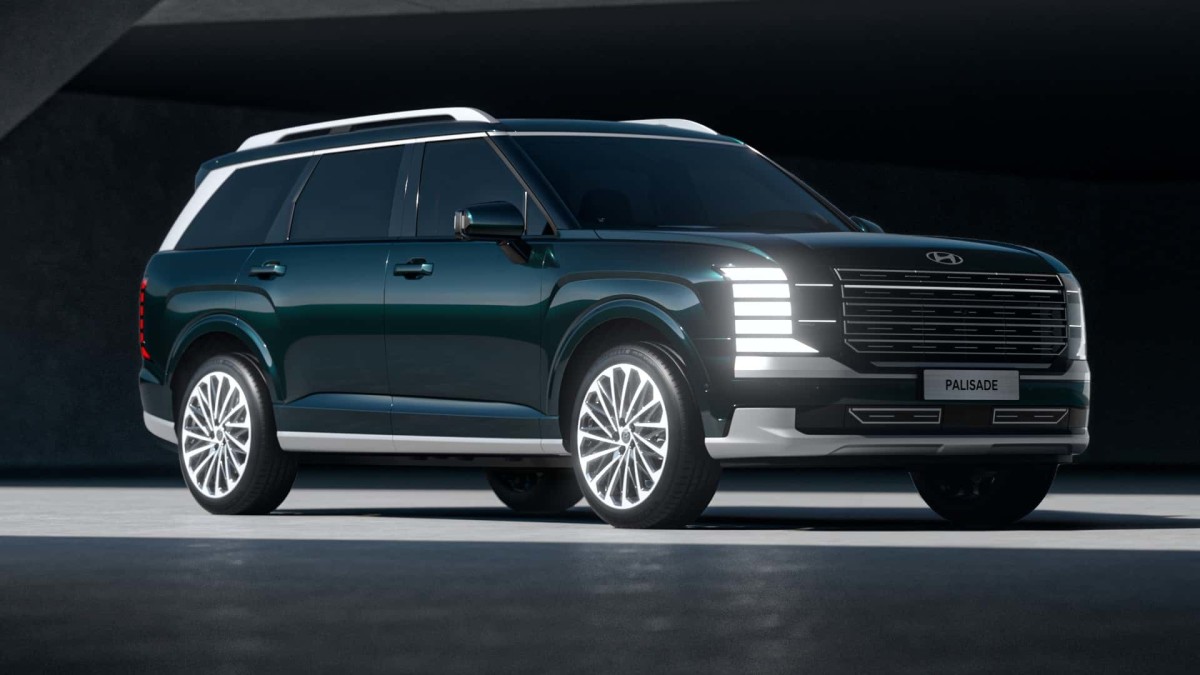
In the not-so-distant past, luxury automotive design was the exclusive domain of high-end manufacturers such as BMW, Porsche, Mercedes-Benz, Audi, and Jaguar. A stark division existed between premium vehicles and their more economical counterparts. Mazda made commendable strides in design, albeit with a more conservative approach, while Hyundai, the South Korean automaker, appeared to be maturing at a deliberate pace, occasionally stumbling—like in the transition from the sixth to the seventh-generation Sonata.
Related: 2025 Genesis GV80 vs. Volvo XC60: Compelling choices for luxury SUV enthusiasts
Fast forward to today, and Hyundai boasts some of the most aesthetically pleasing models in the automotive landscape. The latest iteration of the Santa Fe commands attention more effectively than the BMW X3 or Audi Q5, while the recently revitalized Sonata effectively eclipses both the new Honda Accord and the Toyota Camry. What accounts for this remarkable transformation?
A Bold New Direction
Luc Donckerwolke, Hyundai Motor Group’s Chief Design Officer, initiated a significant design overhaul in 2018 with the introduction of the Le Fil Rouge Concept. This elegantly sculpted sedan marked a pivotal moment for the brand.
With a career that includes stints as the design director for Bentley, Lamborghini, and Audi, Donckerwolke brought a wealth of expertise in crafting iconic automotive designs, including the Lamborghini Murciélago and the Bentley Flying Spur.
Donckerwolke’s stewardship extends to global design for Hyundai, Kia, and Genesis, marking a departure from the conservative styling that characterized the brand’s previous offerings. Instead of incremental changes, the team embraced bold and risky design decisions that have rewarded them handsomely.
Related: Honda reveals stunning EV concepts at CES 2025: Are these the vehicles of tomorrow?
With Donckerwolke and current Chief Design Officer Sangyup Lee at the helm, Hyundai has successfully incorporated the design ethos of luxury brands into the mainstream. Through the “Sensuous Sportiness” design philosophy, they harmonize proportions, architecture, styling, and technology, allowing modern Hyundai vehicles to stand apart from their competitors.
#1: The 2025 Hyundai Santa Fe—A Stylish Evolution
When the fifth-generation Santa Fe debuted for the 2024 model year, it redefined vehicle design benchmarks. Drawing inspiration from the Land Rover Defender, Hyundai delivered a design that surpasses its inspiration. The striking angular fender arches, unique headlight and taillight configurations, and an impressive boxy silhouette make the Santa Fe one of the standout designs of the year.
This model’s interior is equally groundbreaking, showcasing an innovative approach that leaves previous generations in the dust. While it may eschew the brand’s Sensuous Sportiness cues, the Santa Fe embodies an “Open for More” philosophy, appealing to both urban adventurers and outdoor enthusiasts alike. No competitor matched its audacity last year.
Related: Carvana faces scrutiny: Research report labels turnaround a “mirage”
#2: The 2025 Hyundai IONIQ 5 N—A Retro-Modern Dynamo
The IONIQ 5 redefines the concept of the hot hatch—blending electric innovation with a radical, high-performance design. The IONIQ 5 N distinguishes itself visually and performance-wise from its more sedate sibling. This model showcases a muscular stance, pronounced fenders, and a racing-inspired front end, compelling all eyes to follow its path. The vibrant colors, including Soultronic Orange and Performance Blue Matte, ensure it stands out.
Though the interior may feature some budget-friendly materials, it evokes a fighter pilot’s cockpit with expansive screens for instrumentation and infotainment, alongside a sport steering wheel and supportive Alcantara seats. It creates an exhilarating driving atmosphere.
#3: The 2026 Hyundai IONIQ 9—A Concept Turned Reality
The first three-row electric SUV from Hyundai closely mirrors the striking IONIQ 7 concept revealed in 2021, a testament to effective design execution. The ‘Aerosthetic’ exterior blends aerodynamic efficiency with contemporary aesthetics, featuring a fresh interpretation of IONIQ 5’s signature lighting and an elegant roofline that contrasts the solid fender design. Although it lacks certain elements from the original concept, such as the full glass liftgate, the production model maintains its modern charm.
Related: In a rare occurrence, Nissan Z outsold the Toyota Supra in 2024
The interior reflects a generous, airy design ethos, complete with expansive dashboards and dual 12.3-inch displays for instrumentation and infotainment, proving that innovative technology isn’t limited to luxury brands.
#4: The 2026 Hyundai Palisade—Flagship Redefined
The forthcoming second-generation Palisade captivates with its striking design, pushing beyond the initial generation’s success. Its sleek new grille design and refined LED treatments articulate a sense of luxury that influences its immediate surroundings. Channeling the presence of upscale competitors like the Range Rover, the Palisade is poised to win over discerning buyers.
Related: Toyota Supra proves that the manual transmission still holds a place in the modern automotive world.
The interior elevates Hyundai’s design standards, featuring an oval dash that integrates seamlessly with other cabin elements, including the console and air vents. The innovative center seat design enhances passenger capacity without compromising style, while high-tech twin displays enhance the overall aesthetic of the Palisade’s cabin.
Conclusion
Hyundai has emerged as a leader in cutting-edge automotive design, producing vehicles that not only captivate but also resonate with consumers seeking exceptional value. With no signs of slowing down in their commitment to innovation, Hyundai now crafts vehicles that entice not merely out of necessity, but out of desire.
Related: 2025 Geely Starray evaluation: A first-hand look at an elusive Chinese SUV
Source:www.autoblog.com


